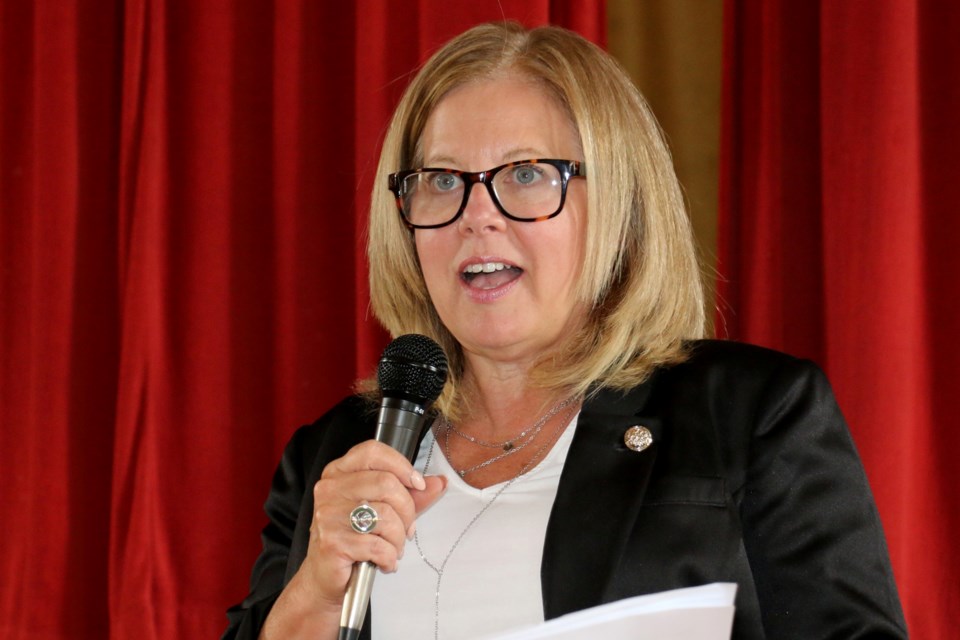As many of you may know, I was born in Elliot Lake, the proud daughter of a miner. Representing Sudbury, I can tell you it still runs through my veins.
Mining has always been one of Canada’s economic cornerstones. Today, this sector matters more than ever. There is growing global appreciation that a cleaner, net-zero global economy cannot be achieved without mineral extraction.
Specifically, critical minerals. They are the building blocks for a green and digital economy. They are the building blocks for the future.
Canada can choose to be a leader in this global economic demand, or we can let it happen to us, with all the attendant consequences that comes with being a late-mover.
Fortunately, we are starting from a position of strength. Canada is already a global mining leader. We are home to almost half of the world’s publicly listed mining and mineral exploration companies, with a presence in more than 100 countries and a combined market capitalization of $520 billion.
We are a top global producer of many critical minerals: we are the world’s top producer for potash; second for uranium; fourth for titanium, aluminum and platinum; and sixth for cobalt and nickel.
Canada is also a world leader in ESG standards and practices, with Canadian industry advancing important initiatives such as Towards Sustainable Mining.
The World Bank forecasts a 500-per-cent increase by 2050 in the production of minerals like nickel, just to feed the clean energy transition to batteries. And Canada is the only jurisdiction in the western hemisphere that has all the minerals needed to make an electric vehicle.
In fact, a few weeks ago, Bloomberg ranked Canada second in its annual global ranking of battery-producing countries.
Many of those minerals can be found right here in Northern Ontario. Vale’s Copper Cliff Mine is set to strengthen Ontario’s mining-to-manufacturing supply chain for nickel. The Impala Mine at Lacs-des-Isles near Thunder Bay has world-class palladium deposits. And Sudbury’s Frontier Lithium could soon become one of the biggest lithium suppliers in North America.
We need to keep this momentum going, in Northern Ontario and throughout the country. And we need to act fast. There is fierce competition for these investments, but Canada can quickly move to the front of the line if we take strong action now.
That’s why I believe the newly announced Canadian Critical Minerals Strategy along with the nearly a $4-billion investment is a true game-changer. It is a well thought-out, inclusive plan, with targeted funds at segments of the mining ecosystem that need to be bolstered.
Northern Ontario has all the ingredients to lead — unparalleled mineral wealth, the homegrown talent to develop it, and world-leading environmental and social practices.
With respect to Indigenous partnership, we recognize that not only must Indigenous rights be respected, but Indigenous people and communities have the inherent right to benefit from the resources on their territories, and to economic reconciliation more broadly.
This is the moment to use the resources of our land and the resourcefulness of our people to create opportunities in the mining sector, and across the full spectrum of clean energy and technologies.
It is in this context that the exploration, mining, processing, advanced manufacturing, and recycling of critical minerals represents a generational economic opportunity for Sudbury and northern Ontario.
It’s about seizing this time of change and opportunity to create a prosperous economy.
Canada’s Critical Minerals Strategy is a roadmap to creating significant wealth and sustainable jobs for the North.
Viviane Lapointe is the MP for the riding of Sudbury and chair of the federal Liberal Party’s Northern Ontario caucus.
